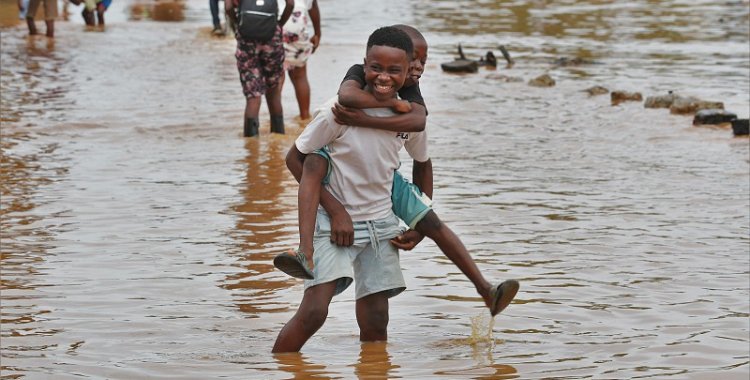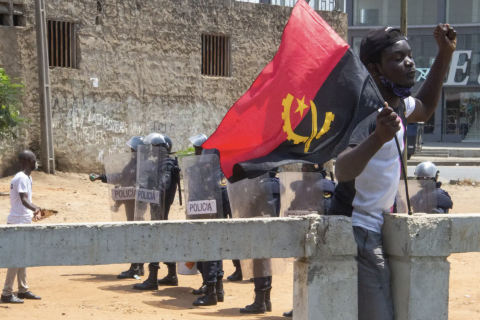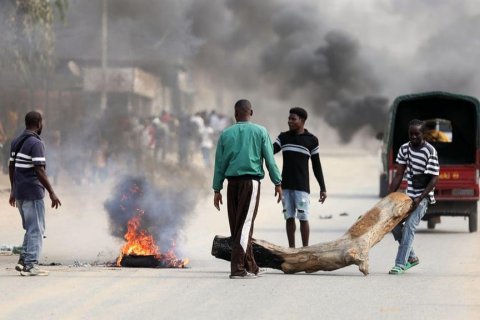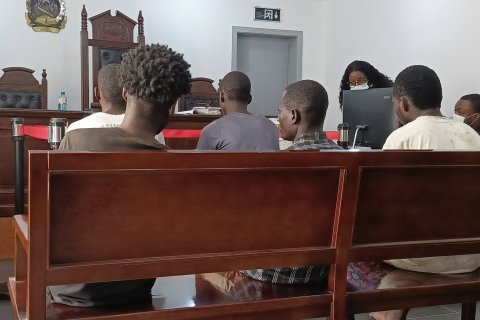In a note on World Vision Angola's response to drought and malnutrition in Angola, the organization said that southern Angola continues to suffer from severe drought caused by the 2023/2024 El Niño weather phenomenon.
According to the organization, southern Angola has been facing droughts for five consecutive years “and many families have exhausted their food and live stocks, such as cattle and small animals (mainly goats and chickens)”.
To cope with the situation, “many have resorted to other income-generating activities, such as charcoal production and firewood collection”.
“The lack of agricultural production has been exacerbated by the high prices of basic foods, such as corn flour, beans and vegetable oil, which are up to three times more expensive than in the same period last year. This is also impacting urban and peri-urban communities”, the document highlights.
Throughout 2024, World Vision Angola implemented emergency response projects with funding from several partners, whose actions were based on the identification of children with severe and moderate acute malnutrition by community health workers, referring them to health units for treatment with therapeutic and supplementary supplies.
During the year that is now ending, food vouchers and basic food baskets were also distributed to families with children affected by severe and moderate acute malnutrition, to ensure that therapeutic and supplementary supplies are not shared among the children in the family.
The actions also included the rehabilitation of water points, powered by solar energy in rural communities, to ensure access to drinking water for families and their livestock, and also distributed a mixture of corn/soybean with vegetable oil and sugar, to children up to ten years old, in Community Feeding Centers.
For community resilience, World Vision Angola supported Field Schools for Farmers, training them in different conservation agriculture techniques, the use of short-cycle and drought-resistant seed varieties, and techniques for regenerating deforested areas, among others.







